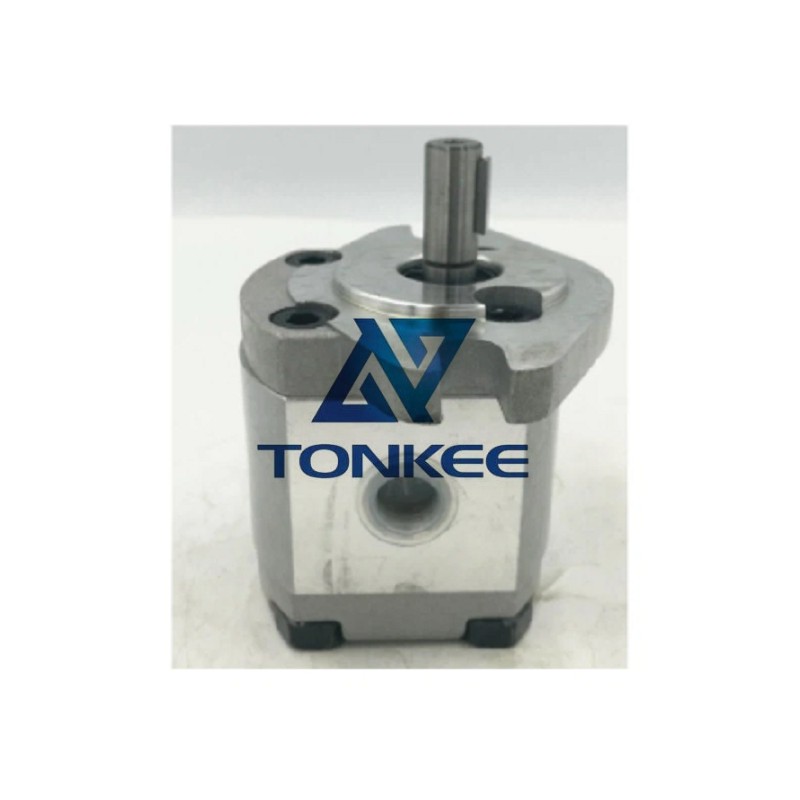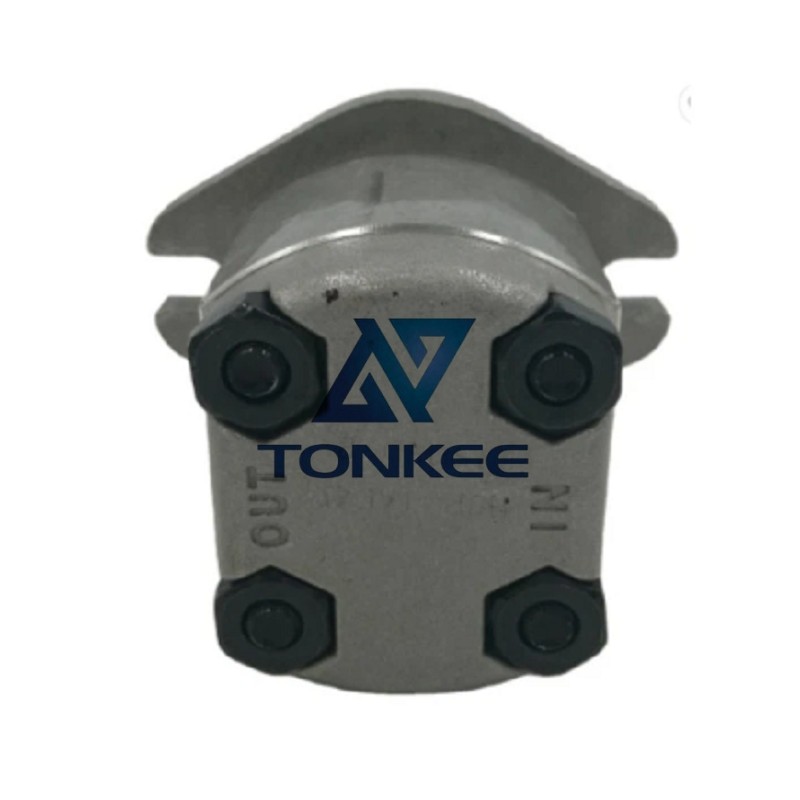
The PR2-030-4B and PR2-040-4B pumps are both gear-type charge pumps, which means they utilize a set of meshing gears to create hydraulic pressure.
These pumps are known for their efficiency, reliability, and durability, making them ideal for demanding environments. They are typically constructed using high-quality materials such as cast iron or aluminum alloy, ensuring long-lasting performance.
One of the key specifications of these pumps is their displacement capacity. The PR2-030-4B has a displacement of 30 cubic centimeters per revolution, while the PR2-040-4B has a displacement of 40 cubic centimeters per revolution. This displacement capacity determines the volume of hydraulic fluid that the pump can deliver per revolution, directly impacting the flow rate and pressure generated.
These charge pumps have a maximum pressure rating, which indicates the highest pressure they can generate without compromising their structural integrity. The PR2-030-4B is designed to operate at a maximum pressure of 2500 pounds per square inch (psi), whereas the PR2-040-4B can handle pressures up to 3000 psi. These pressure ratings make these pumps suitable for a wide range of hydraulic systems with varying pressure requirements.
In terms of speed, these pumps are designed to operate at different rotational speeds.
The PR2-030-4B typically runs at speeds ranging from 600 to 3000 revolutions per minute (RPM), while the PR2-040-4B operates within the range of 600 to 2800 RPM. The specific speed range ensures optimal performance and efficient delivery of hydraulic fluid in different applications.
To facilitate installation and integration into hydraulic systems, these pumps feature standard SAE mounting flanges and shafts. This enables easy connection to other components such as motors, valves, and reservoirs, ensuring seamless system integration and compatibility.
Both pumps are equipped with efficient and reliable pressure-balanced gear designs, minimizing internal leakage and enhancing overall efficiency. This results in reduced energy consumption and heat generation, contributing to the longevity of the pump and the hydraulic system as a whole.
Furthermore, these charge pumps are designed to handle a variety of hydraulic fluids, including mineral oils, synthetic oils, and biodegradable hydraulic fluids. This versatility allows for flexibility in selecting the appropriate hydraulic fluid for specific applications, depending on factors such as temperature, viscosity, and environmental considerations.






